The Alekhine’s Defense is a hypermodern opening that starts with the development of the knight.
The opening is an option for Black to reply to White’s king’s pawn opening (1. e4).
Former world champion Alexander Alekhine is credited with popularizing the Alekhine’s Defense and while it’s not very popular, players of all skill levels employ it from time to time.

The starting moves of the Alekhine’s Defense are 1. e4 Nf6.
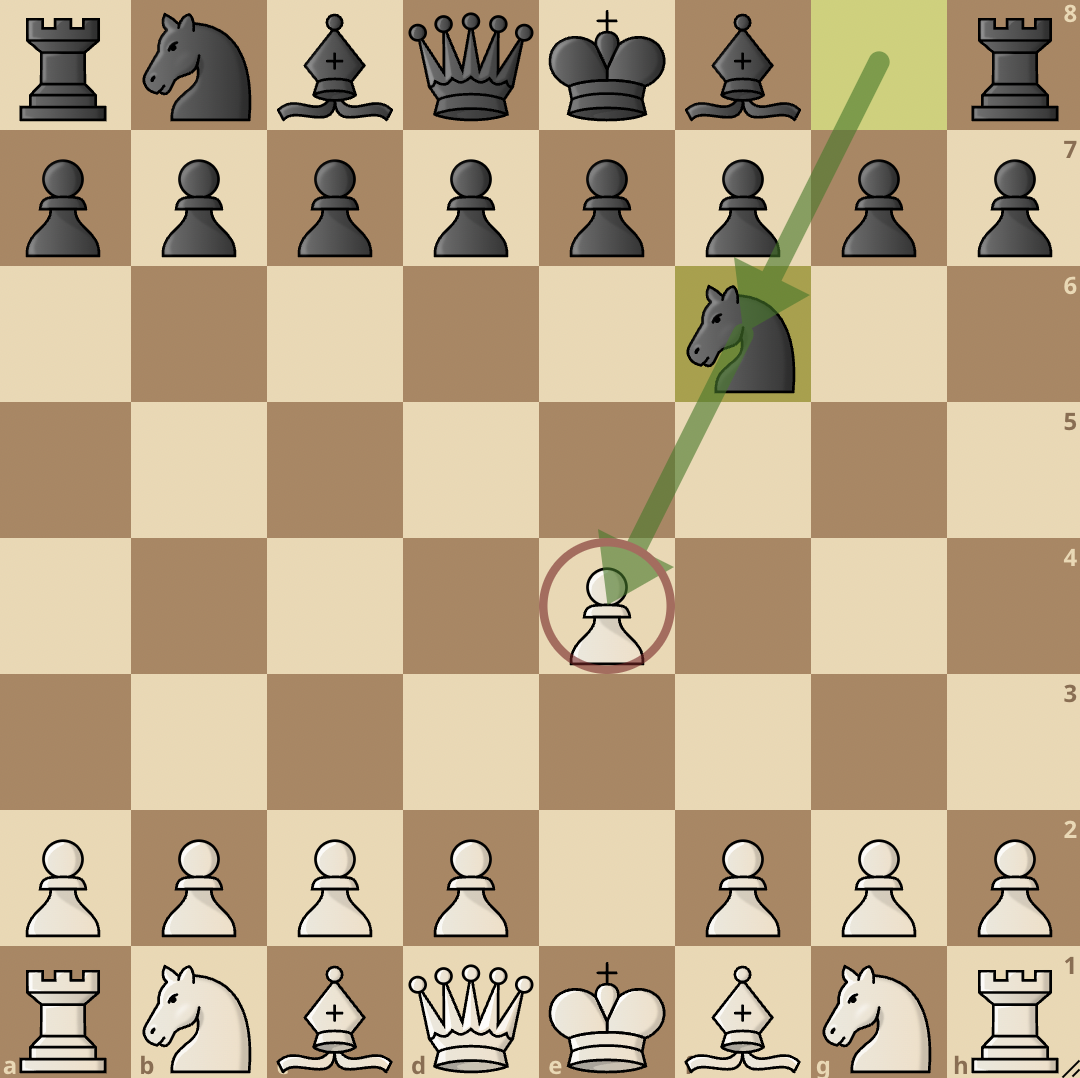
After White develops their e-pawn to control the center, Black introduces their knight with …Nf6.
The knight is also developed with an attack on the e4 pawn, forcing White to make a decision on what type of game they want to play.
The Alekhine’s Defense also has a touch of flexibility to it, as it can transpose into other openings like the Vienna game after 1. e4 Nf6, Nc3 e5.
After …Nf6, the game can go in a number of ways. The main variations of the Alekhine Defense are:
Modern Variation
1. e4 Nf6 2. e5 Nd5 3. d4 d6 4. Nf3
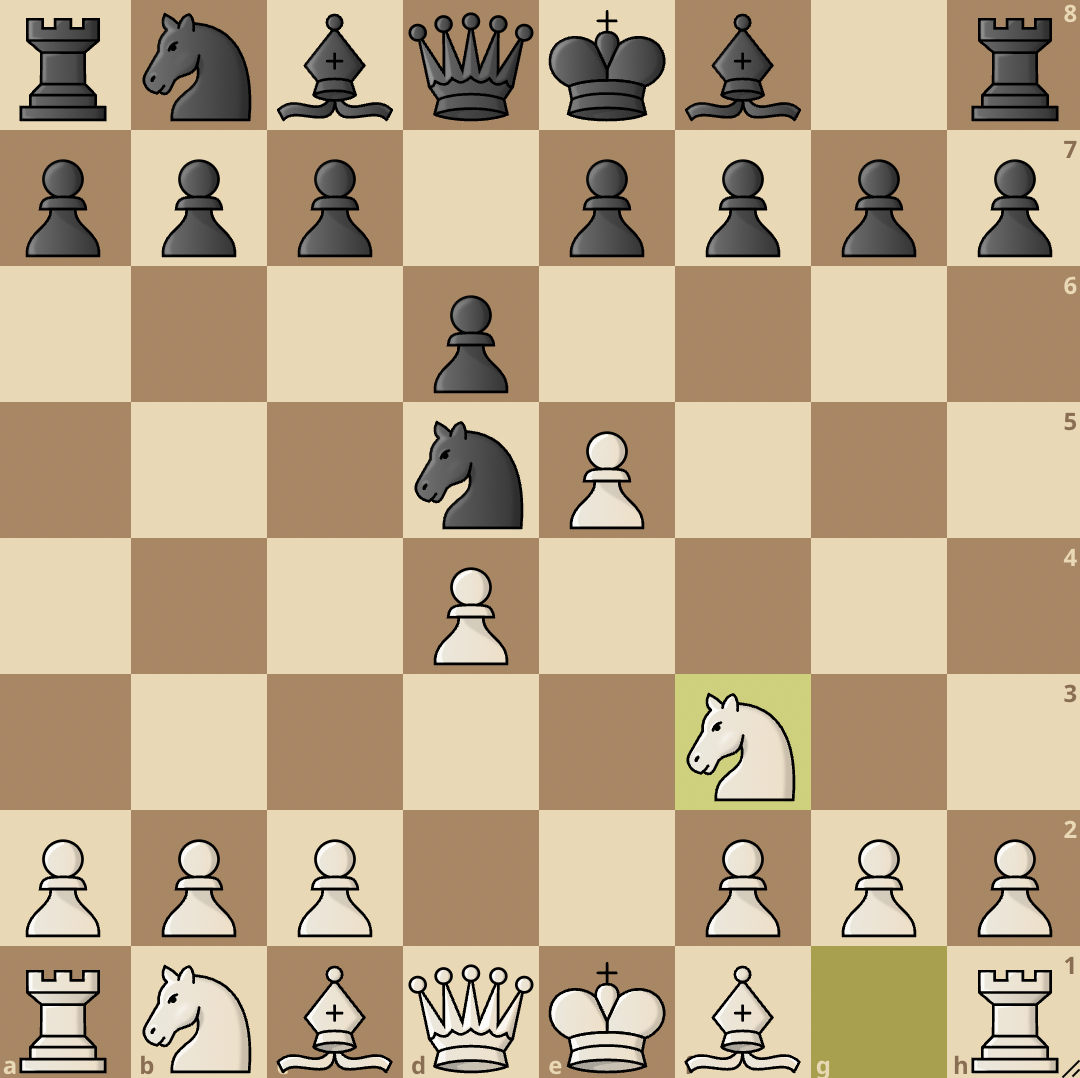
The Modern variation is the most played variation of the Alekhine Defense. The major idea in most variations of the Alekhine Defense is to bait White into attacking the f6 knight and in the process, overextend their pawns.
After White expands their pawns, Black will then look to counterattack and undermine them later on in the game.
After…Nf6, White will attack the knight with 2. e5, Black then moves the knight out of harm’s way with 2…Nd5.
White continues with 3. d4, giving support to the e5 pawn and opening up lines for their dark-squared bishop.
Black’s knight is no longer under attack, so they start chipping at White’s pawn structure with 3…d6. White now plays 3. Nf3, developing a piece and adding more support to the e5 pawn.
From here, Black has two main options that continue in the spirit of the Alekhine Defense, …Bg4 and …g6.
4…Bg4
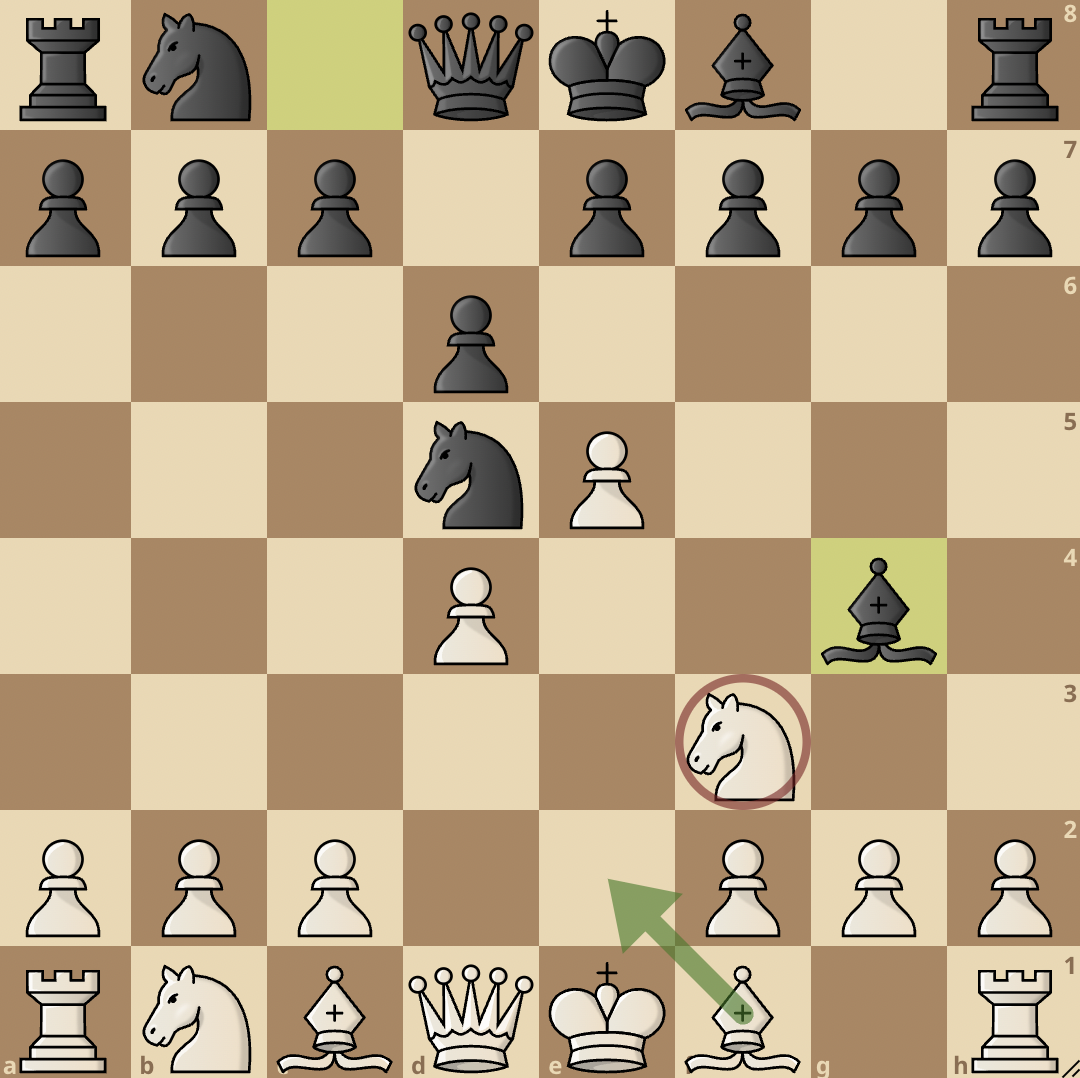
With 4…Bg4, Black reduces White’s control over the center as the f3 knight is now pinned to the white queen.
White continues with 5. Be2, breaking the pin and Black plays 5…e6, opening up space for their dark-squared bishop.
White then castles with 6. 0-0 and Black plays 6…Be7. White has the spatial advantage for now, however, Black will try to develop their pieces and break White’s hold in the center.
4…g6
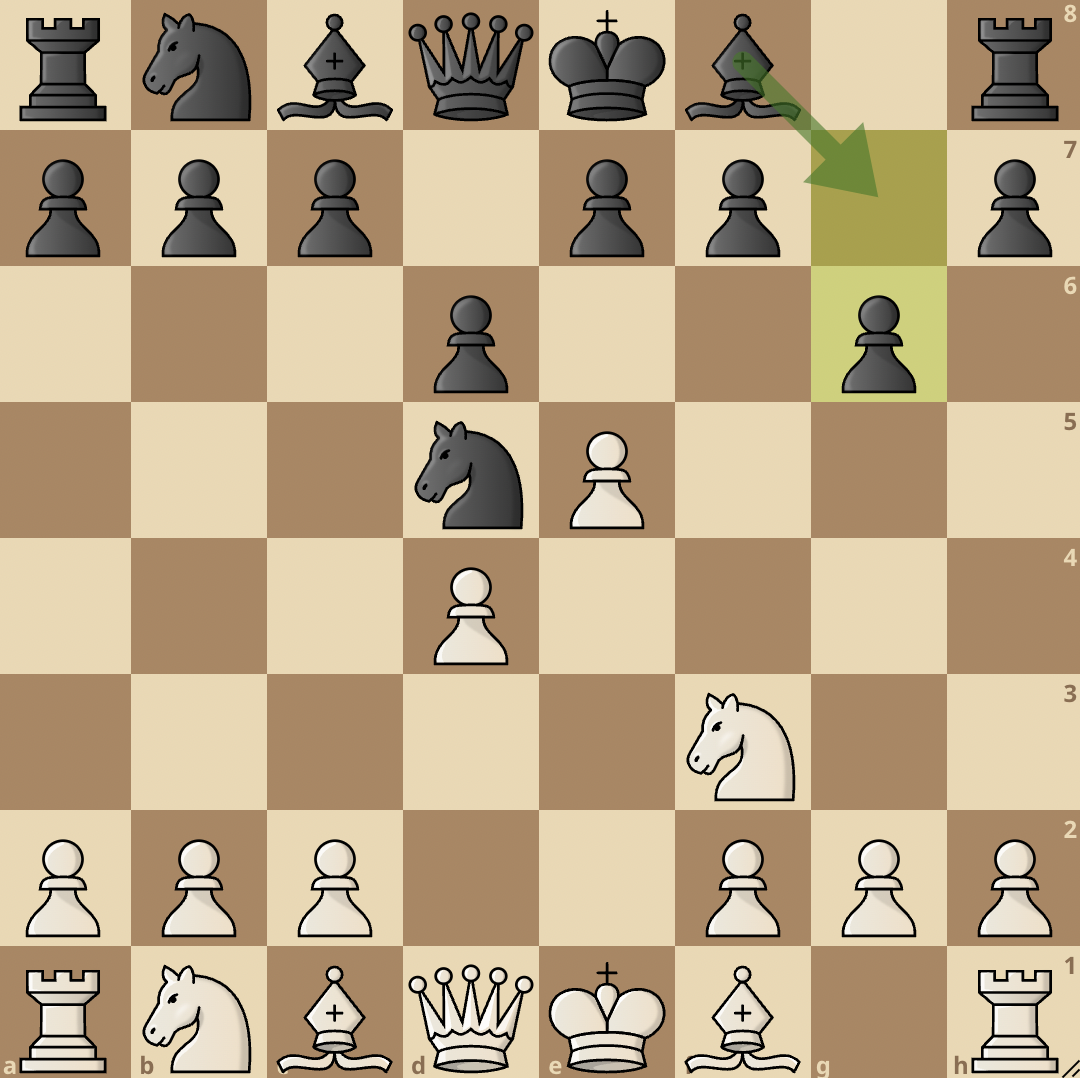
If Black plays 4…g6, they enter a sub-variation of the Modern variation known as the Alburt variation.
Here, Black aims at fianchettoing their dark-squared bishop and using the bishop to attack and break White’s pawn structure in the center.
Exchange Variation
1. e4 Nf6 2. e5 Nd5 3. d4 d6 4. c4 Nb6 5. exd6
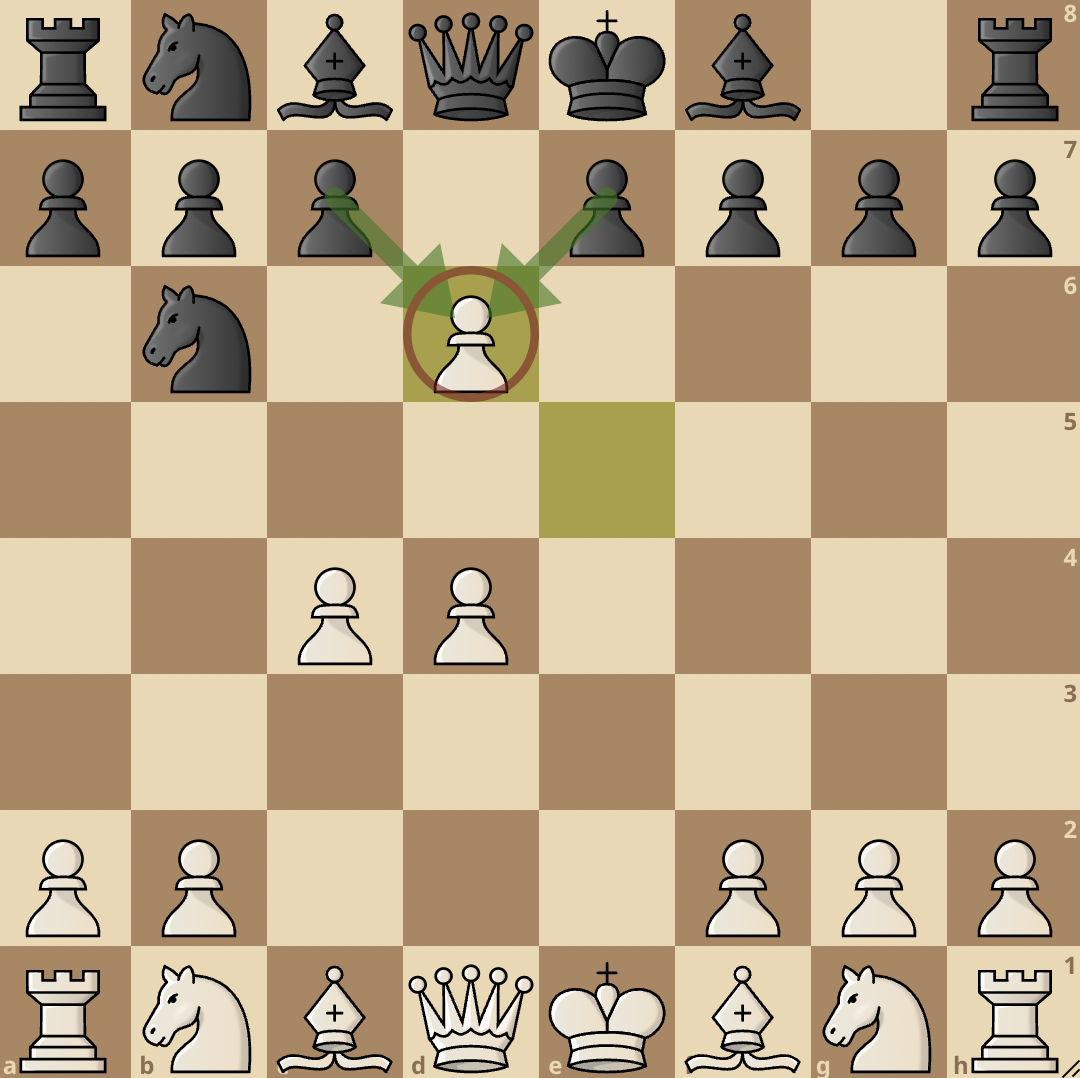
The Exchange variation is a calm way to play the Alekhine Defense. It usually results in a calm game for both sides.
The variation starts with the usual 1. e4 Nf6 2. e5 Nd5 3. d4 d6, White then attacks the knight with 4. c4. Black has to move their knight and they play 4…Nb6.
White enters the Exchange variation with 5. exd6. Black now has two choices, to capture with the c-pawn or the e-pawn.
If Black goes for 5…cxd6, they gain a pawn majority in the center, with the possibility of pushing e5 later on in the game to further challenge White.
5…exd6 leads to a more positional game, where both sides will try to develop their pieces to the best possible squares and then try to play for an advantage.
Four Pawns Attack
1. e4 Nf6 2. e5 Nd5 3. d4 d6 4. c4 Nb6 5. f4

The Four Pawns Attack is the most aggressive line of the Alekhine Defense. It features a barrage of pawns by White against Black’s position.
In this variation, White looks to create a pawn storm early on in the game in the hopes that they will ‘suffocate‘ Black and win the game.
The Four Pawns Attack starts like the Exchange variation, however after 4…Nb6, White continues with 5. f4. By playing f4, White creates a huge center.
The most popular move for Black after this expansion is to play 5…dxe5. The point of …dxe5 is to start breaking down White’s center.
White recaptures 6. fxe5 and from here, Black usually replies with 6…Nc6, developing a knight and attacking the d4 pawn.
White then defends with 7. Be3. 7. Nf3 usually invites …Bg4 which is not too good for White.
Black continues with 7…Bf5 and White plays 8. Nc3. Black now plays 8…e6 opening up lines for their dark-squared bishop to enter the game.
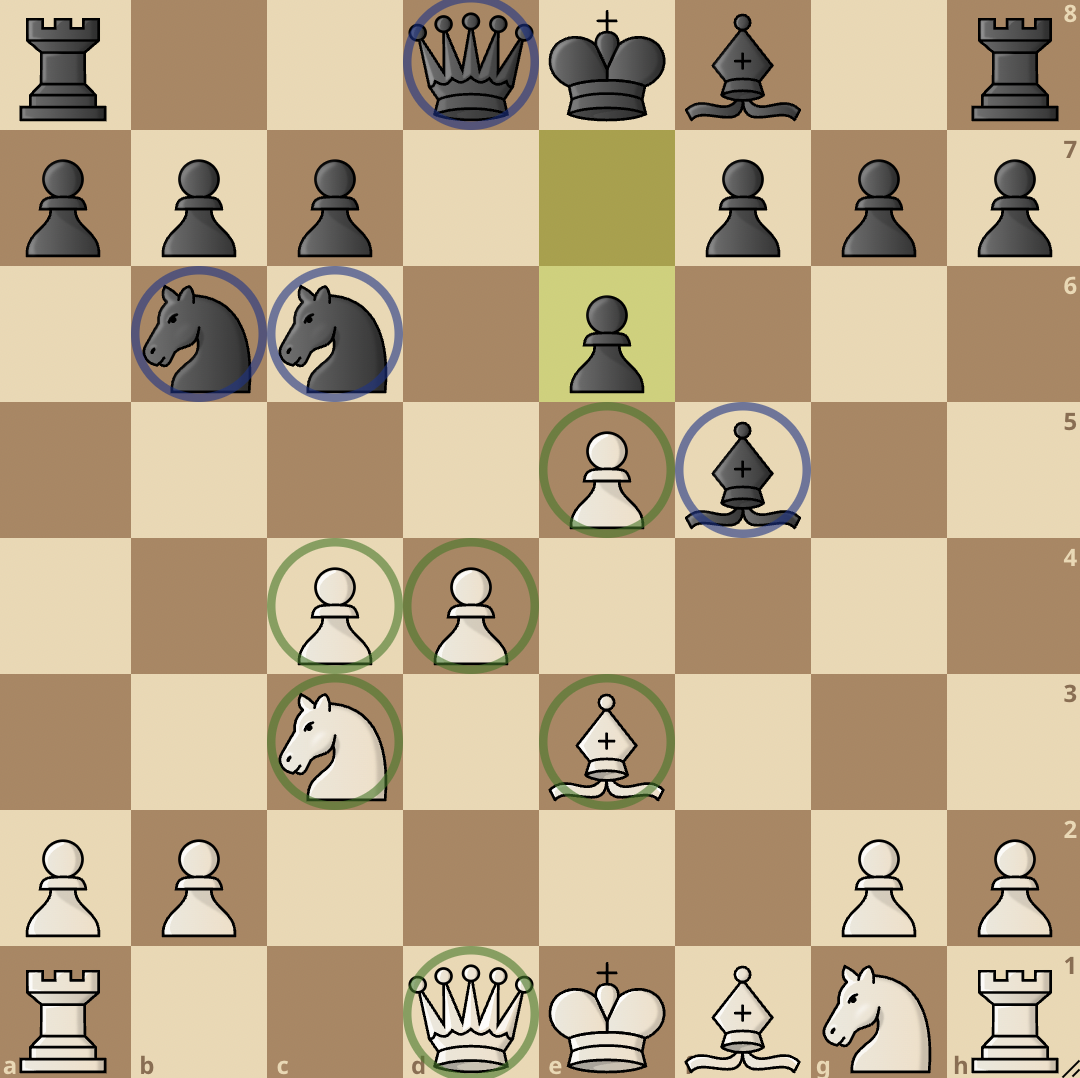
From this position, Black controls the center with his minor pieces (bishops and knights), keeping to the hypermodern principle of the Alekhine Defense.
Black has to play carefully and accurately in the starting moves of this variation or else, White will overwhelm them and win the game pretty easily.
Successful Deployments
Since the popularization of the Alekhine Defense by former world champion, Alexander Alekhine in 1921 the opening has been employed by numerous chess players.
Here are some interesting games for your perusal.
Touch the moves or move the board around for a better interactive experience.
Boris Spassky v Robert James Fischer, Spassky – Fischer World Championship Match (1972)
One of the biggest appearances the Alekhine Defense ever made in a chess game was in the 1972 World Championship Match between Spassky and Fischer.
Fischer would employ the Alekhine Defense to take down Spassky in Game 13 of their match and go on to win the title.
Efim Geller v Viktor Korchnoi, USSR Championship (1960)
The Four Pawns Attack is the sharpest variation White can go for in the Alekhine Defense.
However, in the 1960 USSR Championship, grandmaster Viktor Korchnoi was not fazed by the pawn barrage and he excellently rode the wave and delivered a crushing blow that gave Efim Geller no chance but to concede defeat in that game.
Vasyl Ivanchuk v Magnus Carlsen, World Blitz Championship (2007)
Vasyl Ivanchuk gave a beautiful lesson on how to play against the Alekhine Defense in the 2017 World Blitz Championship where he won a very nice game against Magnus Carlsen with the White pieces against the Alekhine Defense.



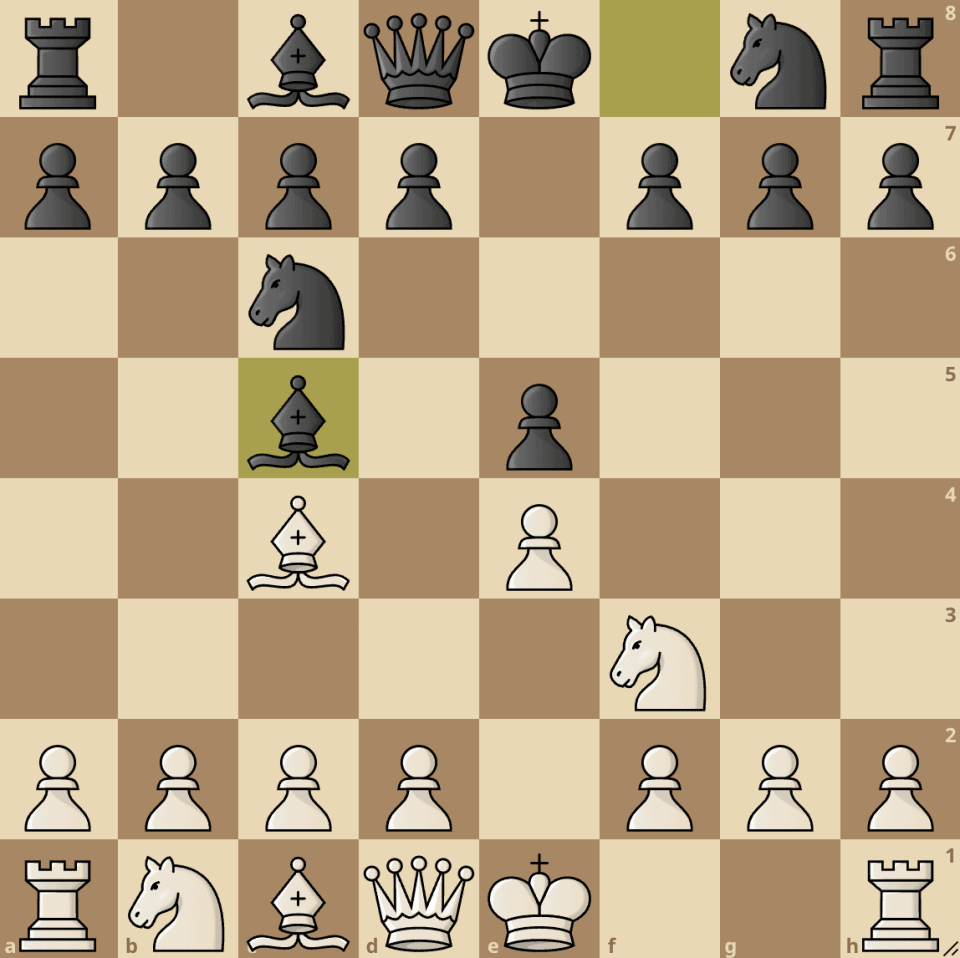

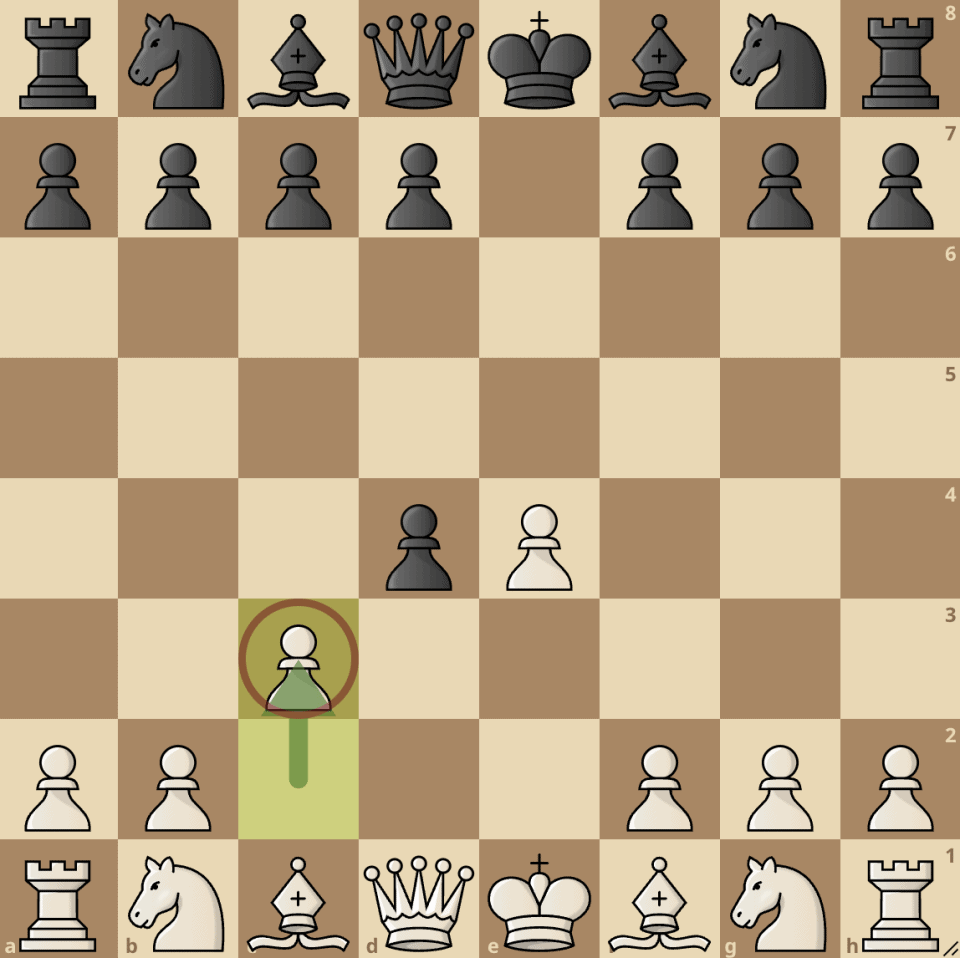
join the conversation